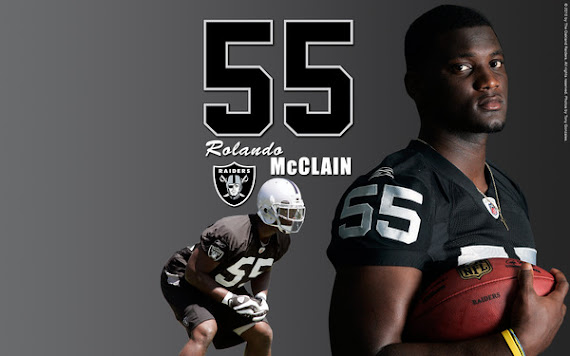The NFL Season starts the weekend after Labor Day. Each team plays 16 games during a 17-week period. Since the NFL started there’ve been countless changes. The main one this article will focus on the number of games played during the regular-season. From 1935 – 1960 an NFL team played 12 games or less. This didn’t change until the 1961 season when the teams played a total 14 games. This particular change came about when the American Football League began play and one of things that made them different was playing a 14-game schedule over a 15-week period, in which each of the eight teams played each of the other teams twice, with one bye week. The NFL at that time had a fight on its hand; competition from the new league caused them to move to a 14-game season. Today’s NFL season consists of 16 games and has been that way since the 1978 season. When a running back rushes for 1,000 yards it is deemed a measure of success. The 1,000-yard barrier has always been a measuring stick of success for a running back. Is rushing for 1,000-yards in a season still an appropriate number? The question I pose is should it be? In today’s NFL, if a running back rushes for 1,000 yards in one season he has on average ran for 62.5 yards per game. Hardly a true measure of success unless of course those 62.5 yards were instrumental in deciding if the team won or loss. If that same runner churned out 40-50 yards in the 4th quarter and allowed his team to run out the clock and keep a hot opposing QB or offense on the sidelines 62.5 yards would be huge.
Going back in the day, so to speak, during a 14-game season if a running back rushes for 1,000-yards in one season he has rushed on average for 71.4 yards per game. This is almost a 10 yard per game increase in yardage but nothing spectacular. The increase is higher and more significant in a 12-game season with 83.33 yards per game average. So what is the real difference? The real difference is reflected in two different way’s 1) time of possession 2) the big breakaway runs. If you take away the big runs in the NFL of most players you’re talking anywhere from one or two a game so you would say 10-16 long breakaway runs per season. I’m talking runs over 20-30 yards.
On average I feel it can be viewed as productivity over long distance runs. I think the bar has to be raised now that it is a 16-game season and that measure of success for a running back has to increase as well. 85-yards per game in a 16-game season would put a runner in excess of 1,300 yards per season and should be the new measure of success for a NFL running back. This would usually allow that runners team to win the time of possession battle show a definite impact on the game and an impressive season. The breakaway runs would take this mark higher. It would come with its share of difficulty in this era of having two runners share the load in a two-headed rushing tandem. Having two runners share the load does extend the season for both runners and keep them from being exhausted in the 4th quarter. The bar needs to be raised although it will be at the expense of some individual rushing totals.
Saturday, April 12, 2008
Subscribe to:
Post Comments (Atom)













No comments:
Post a Comment